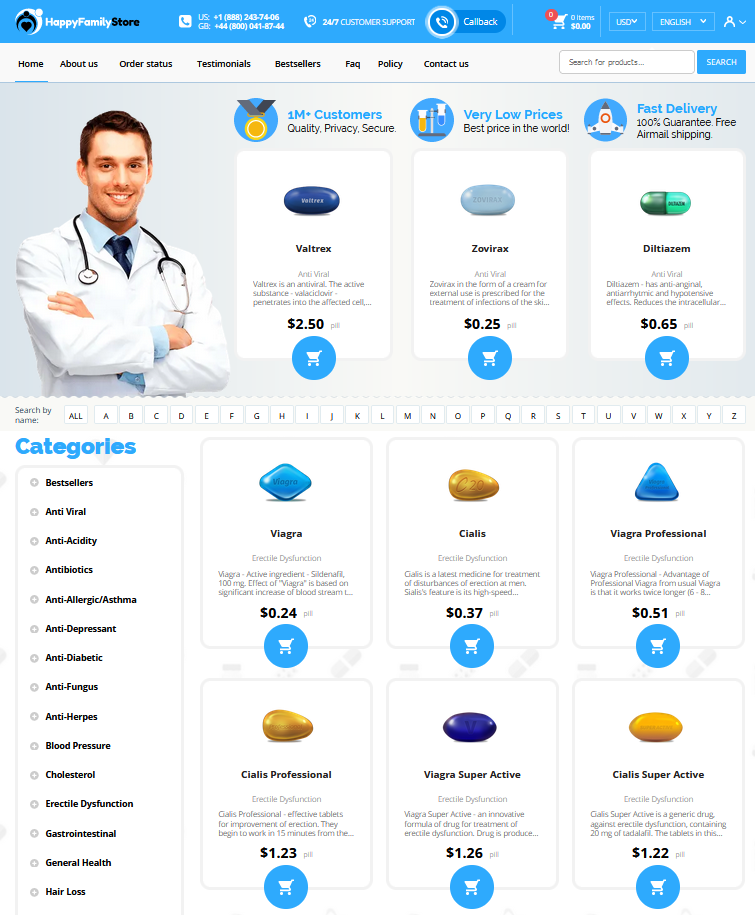
Exploring How Antabuse Works in the Body
When Antabuse enters the body, it plays a unique role in recovery by interacting with alcohol on a chemical level. This Rx assists individuals who are trying to abstain from alcohol by triggering unpleasant reactions when alcohol is consumed. It acts as a deterrent, as the anticipation of hangover-like side effects discourages further drinking. When Antabuse is taken as part of a daily regimen, it remains in the system to ensure that even a small amount of alcohol can result in discomfort.
Below is a summary of how Antabuse functions in the body:
| Mechanism | Effect |
|---|---|
| Alcohol Metabolism Interruption | Prevents acetaldehyde breakdown |
| Immediate Reaction | Causes nausea and flushing |
| Discouragement | Deters drinking behavior |
By altering normal metabolic processes, Antabuse transforms even social drinking into a less appealing prospect.
The Role of Therapy in Addiction Recovery

Therapy acts as a vital component in addiction recovery by providing a structured environment for individuals to explore underlying issues, develop coping strategies, and foster resilience against triggers. The pairing of therapeutic support with medications like Antabuse can enhance treatment outcomes, offering a comprehensive approach to healing. Through talk therapy, CBT, or group sessions, dangerous patterns of substance use can be addressed. Despite the challenges and potential sticker shock of ongoing therapy costs, the long-term benefits can outweigh initial financial burdens, leading individuals toward a successful recovery journey.
Combining Antabuse and Therapy: a Synergistic Approach
Integrating antabuse into a recovery plan can create a powerful cocktail of substance management and psychological support. Antabuse works by causing an adverse reaction to alcohol, motivating those in recovery to adhere to sobriety. Meanwhile, therapy addresses the underlying emotional and psychological triggers of addiction, equipping individuals with strategies for lasting change. When combined, antabuse ensures physical deterrence, while therapy facilitates emotional healing and resilience. This dual approach provides a fortified path to recovery.
For many, this synergy has proven to be a game-changer. Success stories echo the power of combining these elements, where therapy sessions unfold in parallel with the ‘pill burden’ reduced by antabuse, fostering a newfound clarity and commitment. In seeking recovery, balancing the script of antabuse with the compassionate guidance of therapy achieves significantly better outcomes than either approach alone. Ignoring the role of one can make atonement seem like a daunting task, but together, they transform recovery into an empowering journey.
Success Stories: Real-life Experiences of Enhanced Recovery

Jason’s journey to recovery illustrates the power of combining Antabuse with therapy. After receiving a script for Antabuse, Jason adhered to the sig diligently, leveraging it as a deterrent against relapse. His therapist, aware of the comp’s efficacy, crafted sessions that aligned with his treatment, addressing underlying issues while monitoring his progress. Sarah’s success story mirrors Jason’s. Stuck in a cycle of relapse, she felt like she was on a constant Drive-Thru of treatments. Antabuse became her cornerstone, significantly boosting her confidence. Her therapist focused on behavioral changes, providing pivotal support.
Addressing Common Concerns and Misconceptions
As individuals explore Antabuse in their recovery journey, concerns often arise about its side effects and the stigma attached to its use. Some consider Antabuse to be a "pill burden," fearing adverse reactions. However, these side effects are mostly manageable with proper guidance from a healthcare provider. Additionally, misconceptions about the willingness of those using Antabuse persist, with some viewing it as an "easy way out" rather than a committed effort towards recovery.
It's essential to approach combining Antabuse and therapy with an open mind, ready to follow the "Sig" closely as prescribed. By integrating these strategies, patients can achieve a more comprehensive path to sobriety, just as demonstrated in numerous "success stories" of enhanced recovery journeys.
| Common Concerns | Clarifications |
|---|---|
| Side Effects | Manageable under guidance |
| Stigma | Not a sign of weakness |
Steps to Implement a Dual Recovery Plan
Designing an effective dual recovery plan requires careful consideration and collaboration. Begin with a "meds check" to ensure Antabuse is integrated safely into your daily regimen. This is vital to minimize the risk of any unwanted side effects. Next, work with a therapist to tailor the therapy sessions according to personal needs. This partnership acts like a "cocktail," each component enhancing the other’s effectiveness. Commitment to regular sessions and medication adherence sets the foundation for a successful recovery journey.
Consistency and communication are key in this partnership. Regular "shelf checks" at your pharmacy can help maintain the correct supply of Antabuse, preventing lapses in medication. Meanwhile, therapy sessions should encourage exploring and reshaping negative thought patterns. Use "quality time" with the therapist to dive deep into underlying issues and triggers. Sharing progress with both doctor and therapist creates a cohesive recovery network that offers daily motivation and long-term support.
Lastly, establish a feedback loop with your care team. A process akin to "triage" ensures that immediate concerns, whether about the medication or therapy, are addressed swiftly. Schedule regular follow-ups with your healthcare providers to adjust the plan as needed. This strategic approach ensures that both the cognitive and medicinal aspects of recovery are well-managed, anchoring a robust recovery framework tailored to your unique needs.